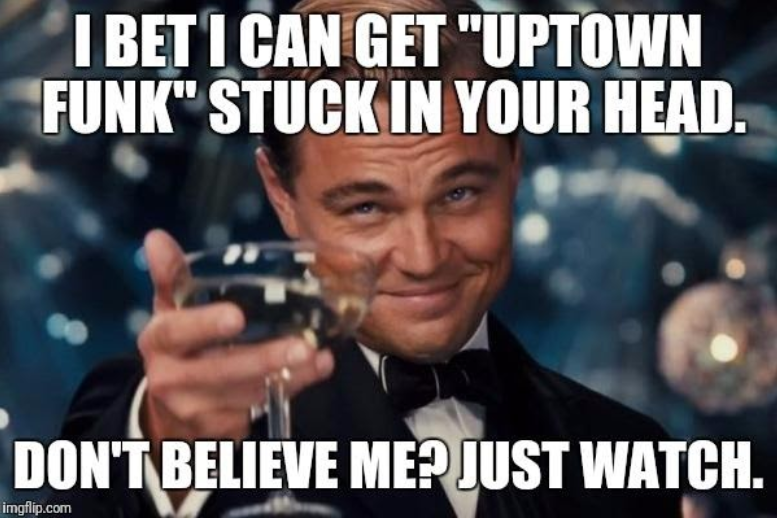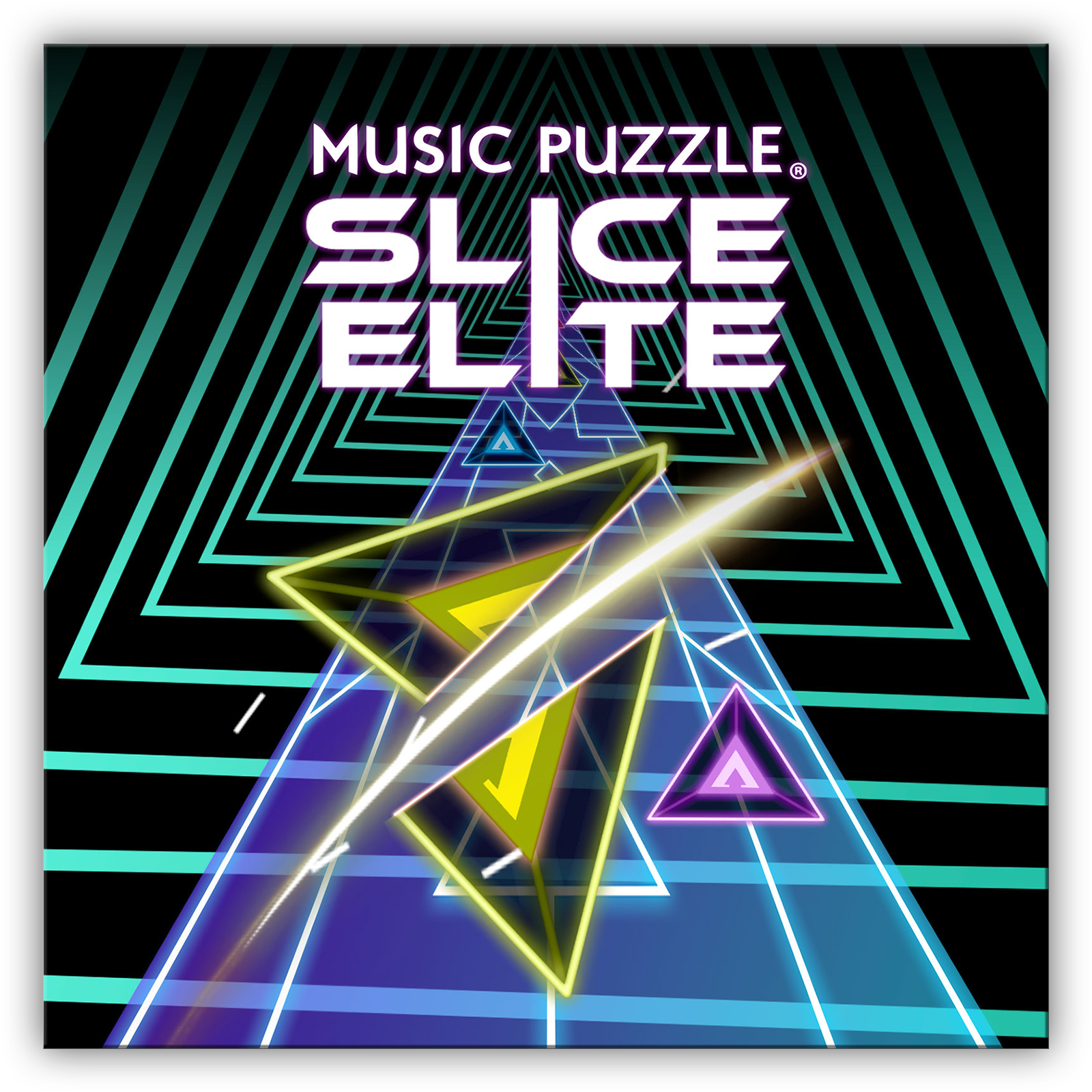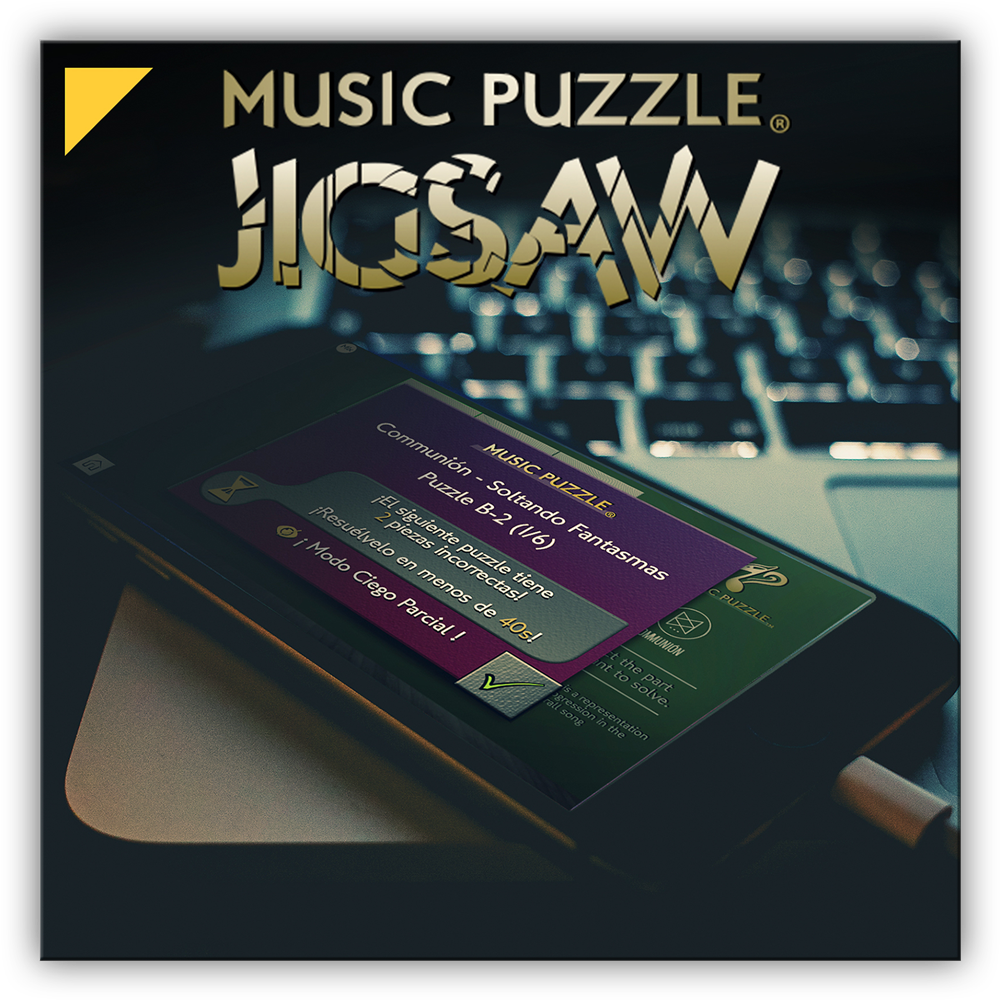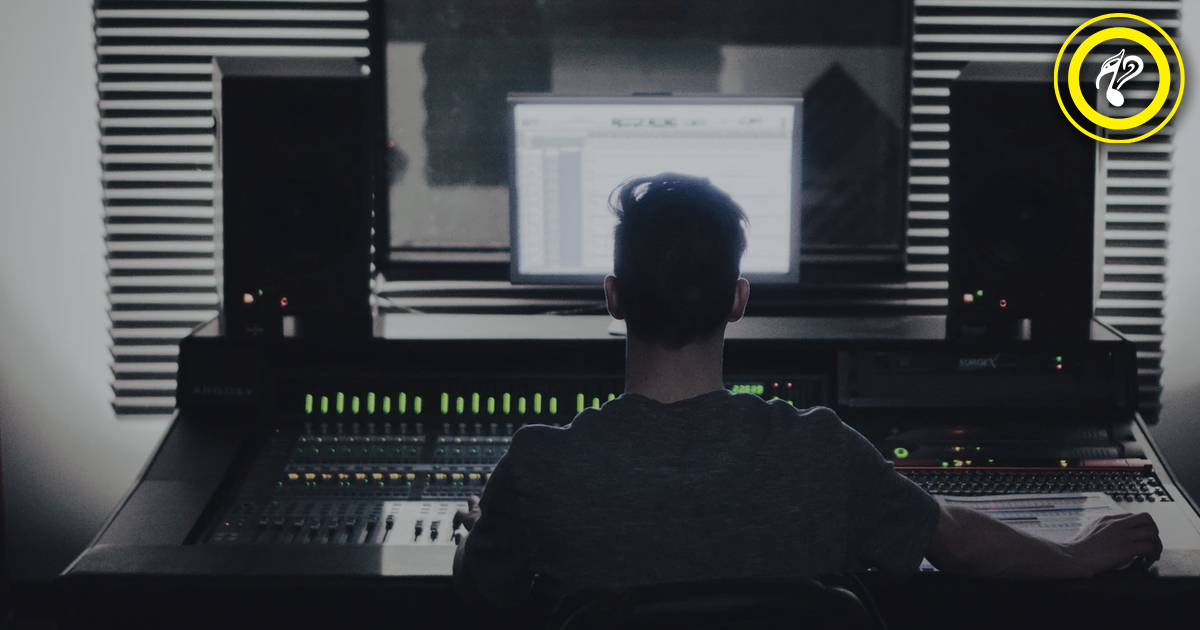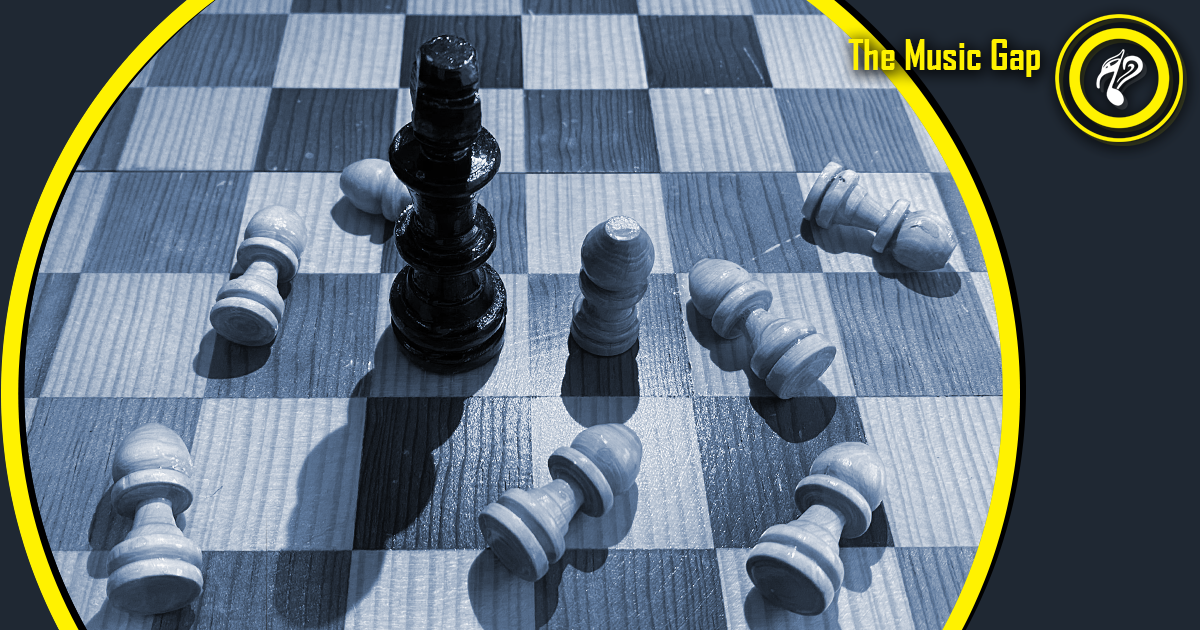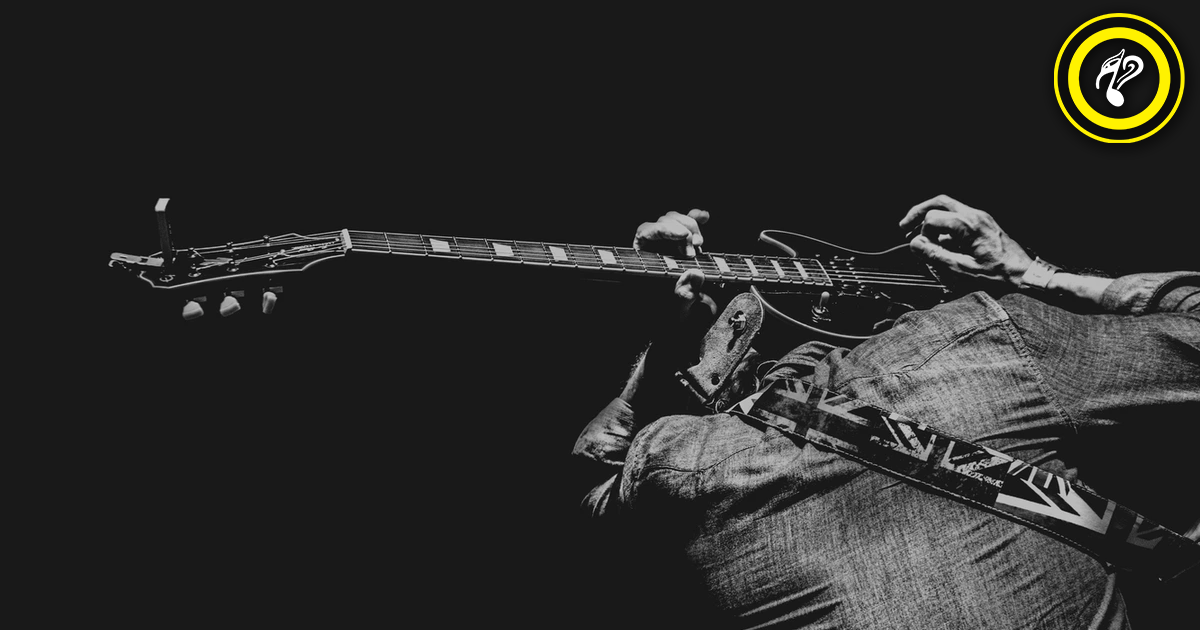What is funk?
Solid foundation and danceable beats, but what else makes funk special?

Funk is a hypnotic genre whose main attraction lies in the concept of Groove, it had its boom in the seventies with bands such as Earth, Wind & Fire, Kool and The Gang, Chaka Khan and Parliament, and has strongly influenced generations of artists such as Jamiroquai, Bruno Mars throughout history and Daft Punk, who recently managed to bring it back into mainstream or popular media.
Basic concepts
- Groove: If improvisation is the heart of jazz, the groove or rhythm is the backbone of funk. Groove can’t be explained easily, it’s a highly subjective concept. There are many ways to try to define it, such as a sensation, a deep understanding of the rhythmic pattern, a moving cycle, etc. Perhaps the easiest way to approach this idea is by watching two drummers playing the same groove.
Michael Jackson´s drummer playing Beat It:
Let's see the same Groove played by another fantastic drummer:
Cobus – Beat it:
Even though the two of them play the same beat, it "feels" different. We can tell the rhythm isn’t complicated, but the execution of each drummer has subtle details that give it its personal touch.
While Cobus is more technical, Sugarfoot’s groove (the song's original drummer) is unbeatable. The light playing with the various parts of the drums, assertive rhythm, accents with the cymbals, or something as delicate as the way he holds the drumsticks, make his sound very personal.
Funk is minimalist. This means, even if there are few elements, they must be important enough to hold a piece together. This is the importance of a good groove, and this isn’t unique to drums, it applies to any musical instrument.
- Simple phrases: During percussion solos it’s common for the band to be silent or for only the bass to accompany, while the others emphasize some phrase of the song in tutti (all). You can also improvise in fours or eights.
- Pentatonic in Accompaniment: The pentatonic minor scale (five tones) is preferred by funk. It offers a great ease in assembling with almost any chord in a minor key, since no matter what note you play, almost everything sounds right. It also gives a “floating” feeling by keeping the movement on a closed register, while the chords are moving.
- Leading Bass Lines: Bass takes a leading role in this style. Its lines are interesting and agile.
Common techniques
The funk’s comping (accompaniment) is made with a constant rhythmic movement in the right hand, while the left presses on the chords or notes, tightening and releasing the string, which causes the so-called dead notes or percussive sounds.
The accompaniment uses techniques and effects such as:
- Palm mute: Electric guitar or bass technique in which each note’s attack is turned off by pressing the right hand on the strings.
- Slap: A combination of a slap -usually with the thumb- to a string, followed by vigorously pressing and releasing adjacent strings.
- Syncopation: Emphasizing certain weak times enhances the rhythmic figures.
- Wah pedal: This is one of the most used effects in the genre. The pedal modifies the signal’s frequency, creating an effect that sounds something similar to wah, hence its name.
Wah funk:
Funk Guitar Comping Tricks:
Harmony
Funk’s harmony is usually straightforward. Its strength doesn’t come from too much harmonic movement, but rather from a rhythmic and melodic stability. It’s usually played in a minor key and with pentatonic scales (a simple 5-note scale), although you can add extension to the chords to make them more engaging.
Common assemblies
- Band (guitar, keyboard, electric bass, drums): This is the most common format. The guitar usually takes the reins of the accompaniment. Having good equipment for both the bass and drums, especially the bass drum, is important to ensure a solid base.
Michel Petrucciani – Round Midnight:
- Big Band: Like jazz, we can find these oversized ensembles in funk. Normally, an ensemble has two alto saxophones, two tenor saxophones, a baritone saxophone, three trumpets in Bb (the Bb is the B-flat note and here it’s referring to the fact that the trumpet is a transposing instrument, that is, in the sheet music reads a different note than the one you play), three trombones, a bass trombone, a guitar, a piano, a drums and a bass, either double bass or electric bass. The orchestra has the function of accentuating and making counter-songs or melodies that sound when the main voice is silent.
Junk Big Band – Funk for Life:
Prominent subgenera
Disco Funk: This funk’s groove is highly danceable, so much so that the disco music of the seventies swept the popularity charts for several years.
Bee Gees – Stayin´ Alive:
Funk Metal: Who says these two opposing genres can't be mixed?
The power and violence of the guitars is combined with the funky groove. Add rich, rhythmic lyrics like rap and voilà!
Rage Against The Machine – Killing in the Name Of:
G-Funk: A mix between hip hop with a base of funk influence. The constant, cyclical groove of the accompaniment is ideal to spit some bars. The songs are usually about drugs, sex, violence and money.
The Twinz – Round and Round:
Funky House: The synergy of electronic house music and comping funk has been exploited by the famous French duo Daft Punk. It’s a highly danceable and hypnotic music.
Daft Punk – One More Time:
Famous funkers
Earth, Wind & Fire:
Kool and The Gang:
Parliament:
Prince:
Jamiroquai:
Bruno Mars:
https://es.wikipedia.org/wiki/Funk
https://es.wikipedia.org/wiki/G-funk
If you enjoyed the article, you'll love these games:
